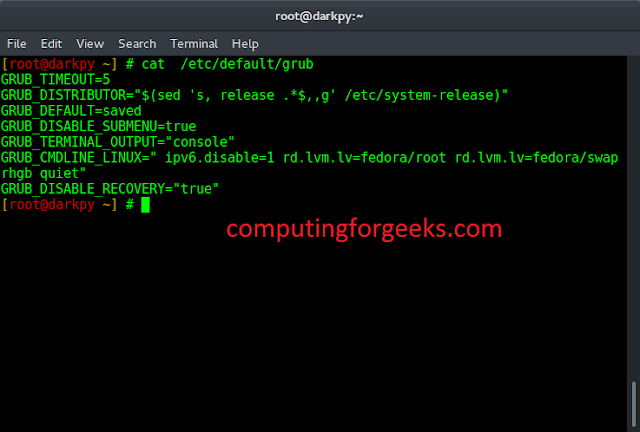Matplotlib is a library in Python and it is a numerical – mathematical extension for NumPy library It is an amazing visualization library in Python for 2D plots of arrays and is used for working with the broader SciPy stack.
matplotlib.axis.Tick.get_alpha() Function
The Tick.get_alpha() function in axis module of matplotlib library is used to get the alpha value used for blending.
Syntax: Tick.get_alpha(self)
Parameters: This method does not accepts any parameter.
Return value: This method return the alpha value used for blending.
Below examples illustrate the matplotlib.axis.Tick.get_alpha() function in matplotlib.axis:
Example 1:
Python3
# Implementation of matplotlib function from matplotlib.axis import Tick import matplotlib import numpy as np import matplotlib.pyplot as plt np.random.seed(10**7) mu = 121sigma = 21x = mu + sigma * np.random.randn(1000) num_bins = 100fig, ax = plt.subplots() n, bins, patches = ax.hist(x, num_bins, density=1, color='purple', alpha=0.5) y = ((1 / (np.sqrt(2 * np.pi) * sigma)) * np.exp(-0.5 * (1 / sigma * (bins - mu))**2)) ax.plot(bins, y, '--', color='black') ax.set_xlabel('X-Axis') ax.set_ylabel('Y-Axis') w = Tick.get_alpha(ax) ax.set_title("Alpha Value : "+str(w)) fig.suptitle("""matplotlib.axis.Tick.get_alpha() function Example\n""", fontweight="bold") plt.show() |
Output:

Example 2:
Python3
# Implementation of matplotlib function from matplotlib.axis import Tick import matplotlib.pyplot as plt import numpy as np rx, ry = 3., 1. value1 = rx * ry * np.pi value2 = np.arange(0, 3 * np.pi + 0.01, 0.2) value3 = np.column_stack([rx / value1 * np.cos(value2), ry / value1 * np.sin(value2)]) x, y, s, c = np.random.rand(4, 99) s *= 20**3. fig, ax = plt.subplots() ax.scatter(x, y, s, c, marker=value3) Tick.set_alpha(ax, 0.5) w = Tick.get_alpha(ax) ax.set_title("Alpha Value : "+str(w)) fig.suptitle("""matplotlib.axis.Tick.get_alpha() function Example\n""", fontweight="bold") plt.show() |
Output:





